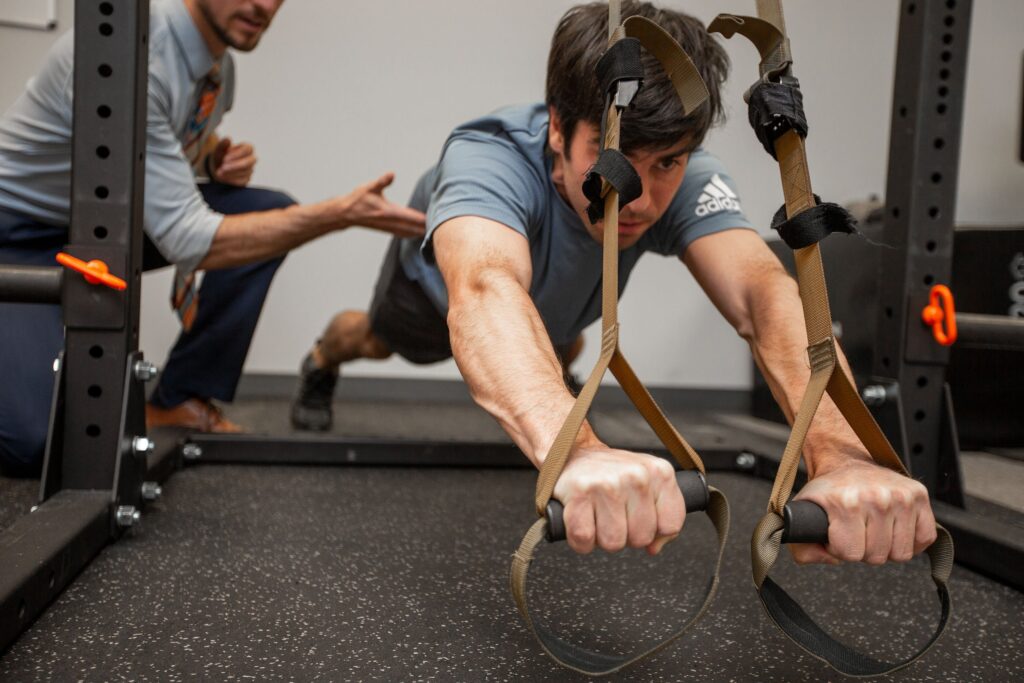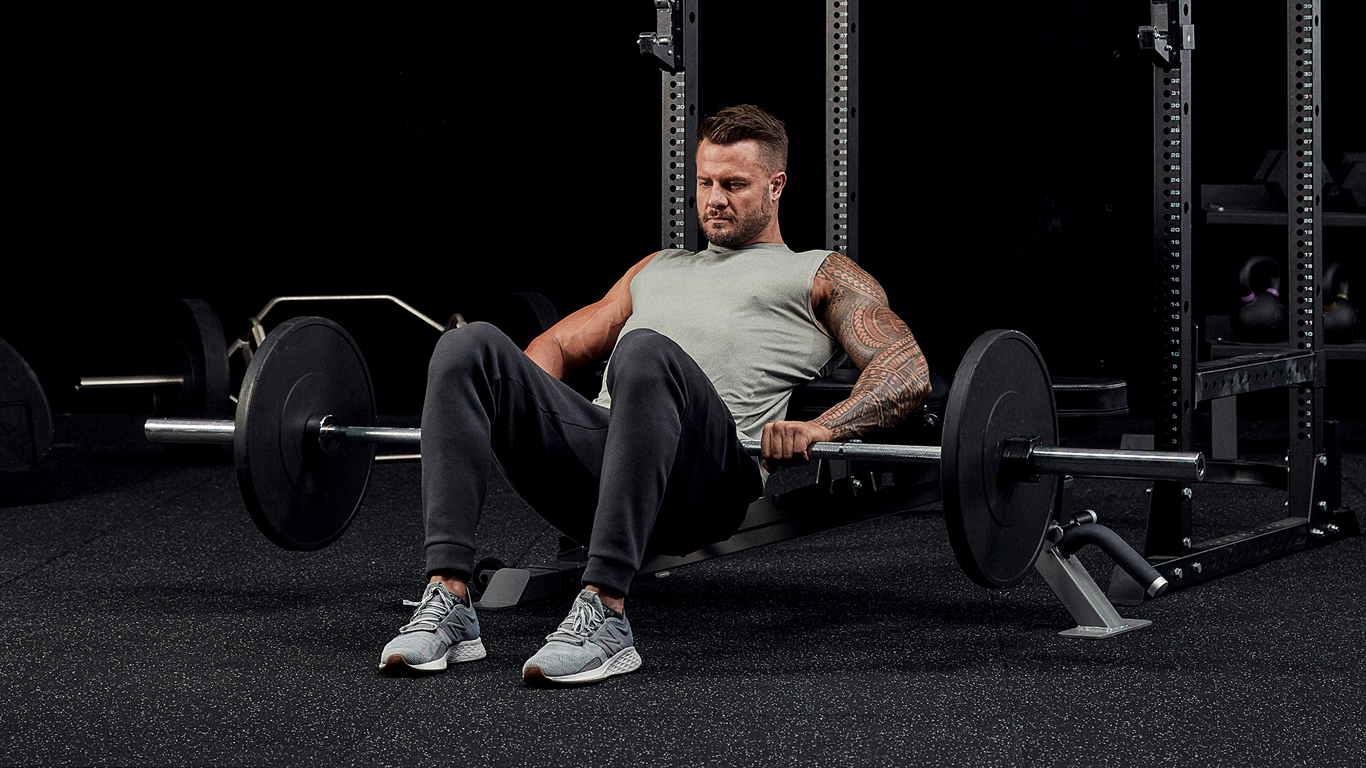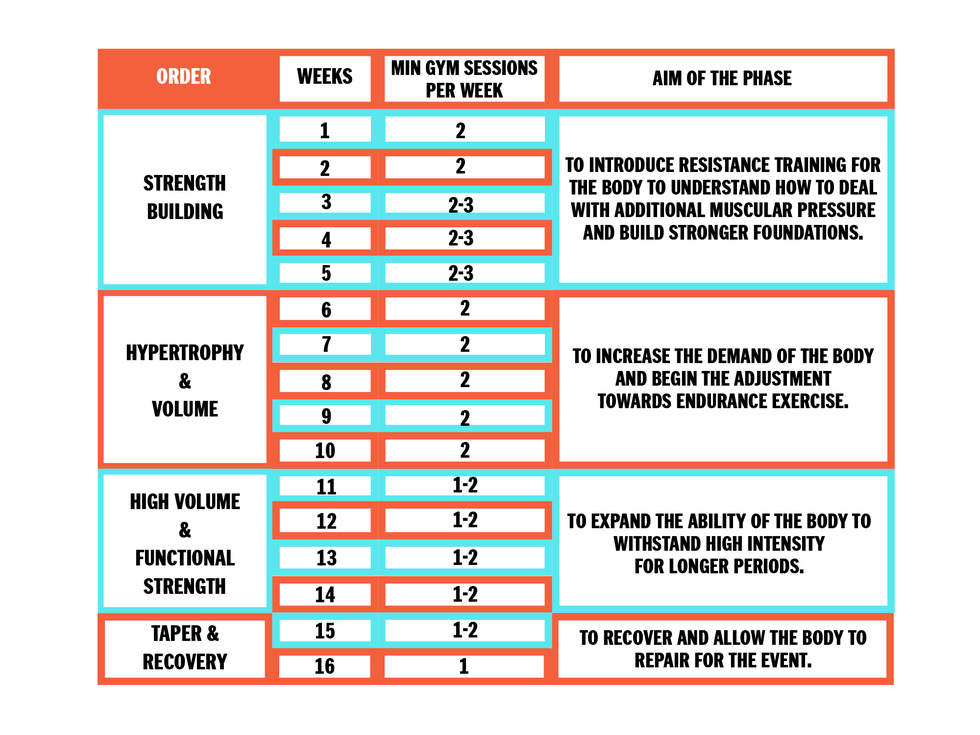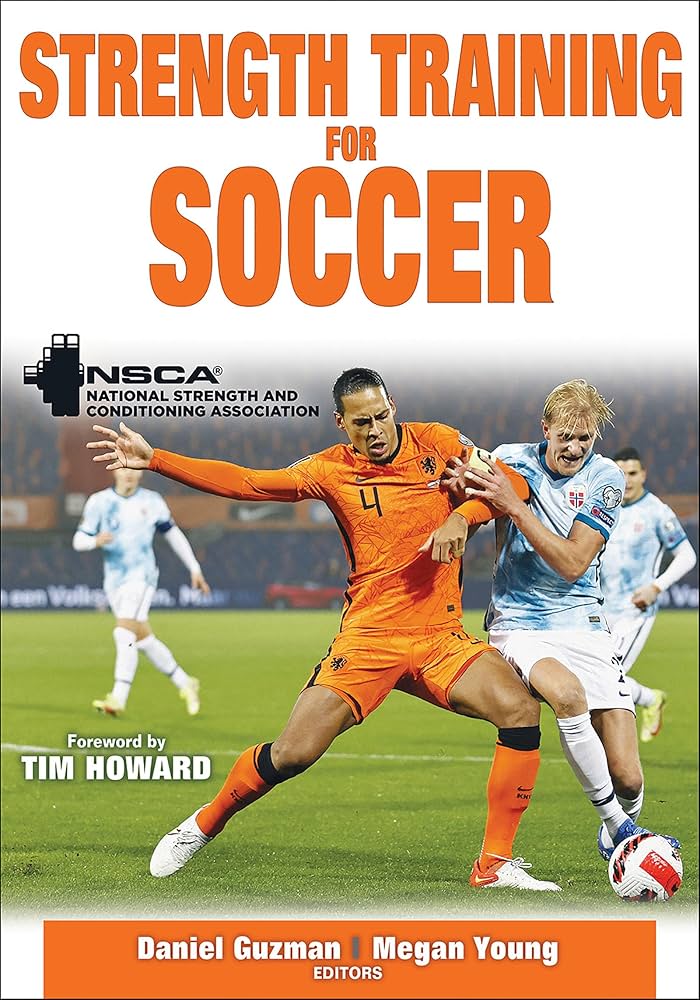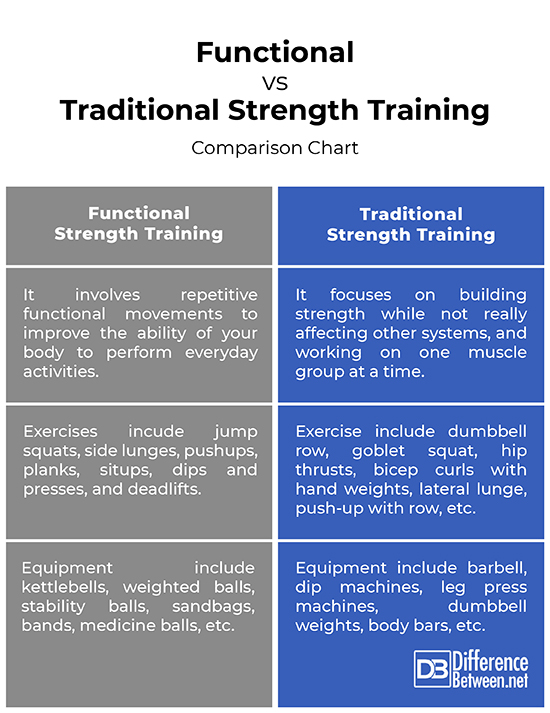Climbing strength training enhances grip, core, and overall body strength. It’s essential for improving climbing performance and preventing injuries.
Climbing requires a unique combination of strength, endurance, and technique. Strength training focuses on building the muscles most used in climbing, such as the forearms, back, and core. Exercises like pull-ups, deadlifts, and fingerboard workouts are highly effective. Consistent training improves grip strength, which is crucial for holding onto small holds.
Core exercises stabilize your body, making complex movements easier. Incorporating climbing-specific strength training into your routine not only boosts performance but also helps prevent common injuries. Start with a balanced training plan that targets different muscle groups for the best results.
Introduction To Climbing Strength Training
Climbing needs a lot of strength. Strong muscles help climbers move better. They can climb faster and safer. Strength training helps build these muscles.
The Role Of Strength In Climbing
Strength helps climbers grip rocks. It lets them hold their body weight. Good strength avoids injuries. Climbers need strong arms, legs, and core.
Benefits Of Targeted Training
Targeted training focuses on key muscles. It makes these muscles stronger. Training improves endurance. Climbers can climb longer without getting tired. It also boosts agility and balance.
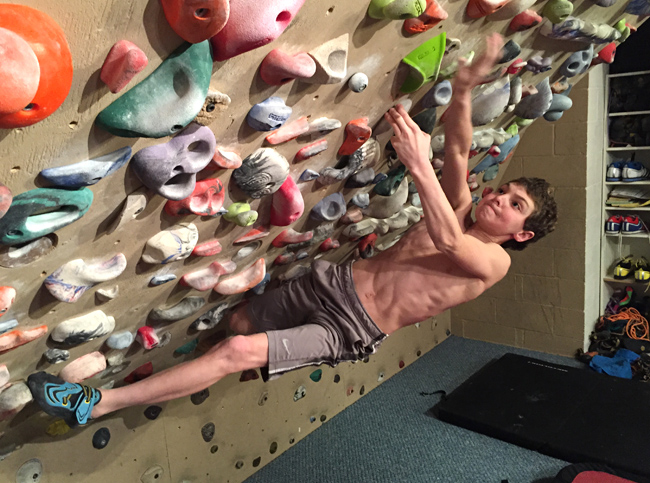
Credit: trainingforclimbing.com
Assessing Your Climbing Fitness Level
Find out what skills you are good at. Check if you can climb for a long time. See how strong your arms and legs are. Notice if you can balance well on small rocks. Look for areas you struggle with. This will help you know what to work on.
Make goals that are easy to reach. Start with small steps. Aim to get a bit better every day. Keep track of your progress. Celebrate small wins. Do not aim too high too soon. This will keep you motivated and safe.
Core Exercises For Climbers
Planks help build a strong core. They improve balance and stability. Hold the plank position for 30 seconds. Gradually increase the time. Keep your body in a straight line. Avoid sagging your hips. Planks also strengthen your shoulders and arms. This exercise is simple but effective. Everyone can do it anywhere.
Russian twists target your oblique muscles. Sit on the floor with your knees bent. Lean back slightly and lift your feet. Hold a weight or a ball with both hands. Twist your torso to the right. Then twist to the left. Repeat this movement for 20 times. This exercise improves rotational strength.

Credit: www.weckmethod.com
Upper Body Workouts To Enhance Grip
Pull-ups are excellent for building strength. They target the arm and back muscles. Regular pull-ups improve grip and endurance. Start with a few reps. Gradually increase the number. Use a secure bar for safety.
Wrist curls are vital for grip endurance. They focus on the muscles in the forearm. Use light weights to start. Perform the exercise slowly. Increase the weight as you get stronger. Maintain a consistent routine for best results.
Lower Body Training For Powerful Legs
Squats help build strong leg muscles. They target the quadriceps, hamstrings, and glutes. Stand with feet shoulder-width apart. Lower your body as if sitting in a chair. Keep your back straight. Return to the starting position. Repeat for several sets.
Lunges improve balance and coordination. They also strengthen the legs. Step forward with one leg. Lower your hips until both knees are bent at 90 degrees. Push back to the starting position. Alternate legs and repeat.
Finger Strength Drills
Hangboards are great for building finger strength. Start with a warm-up to avoid injuries. Use different holds like crimps and slopers. Hang for 7-10 seconds, rest for 3 minutes. Repeat 4-6 times. Gradually increase the duration as you get stronger. Consistency is key for improvement. Always listen to your body.
Pinch blocks help improve grip strength. Use a block with varying widths. Hold the block for 10-15 seconds. Rest for 2 minutes between sets. Perform 3-5 sets per session. Increase the weight as you progress. Pinch blocks are simple but effective. Make sure to keep your thumb engaged.
Endurance Training For Sustained Climbing
Interval training helps build climbing endurance. Climb for short bursts of 2-5 minutes. Then rest for the same amount of time. Repeat this cycle several times. This strengthens muscles and improves stamina. Interval training is very effective for climbers. It mimics real climbing conditions. You get better at climbing longer routes.
Long climbs at lower intensity develop endurance. Climb for 30-60 minutes without stopping. Keep the intensity low to moderate. Focus on maintaining a steady pace. This helps build stamina and improves technique. Long, slow climbs are great for beginners. They teach you to conserve energy. They also improve your mental focus.
Injury Prevention And Recovery Techniques
Stretching keeps muscles loose and ready. It helps prevent injuries and pain. Regular stretching improves flexibility. Flexible muscles perform better. They recover faster too. Hold each stretch for at least 20 seconds. Focus on major muscle groups. Stretch your arms, legs, and back.
Rest is very important for muscle growth. Muscles need time to repair after a workout. Sleep is crucial for recovery. Aim for 7-9 hours of sleep each night. Take rest days between intense climbing sessions. Drink plenty of water to stay hydrated. Hydration helps muscle recovery.
Nutrition And Hydration For Climbers
Protein is vital for muscle repair. Lean meats, beans, and nuts are great sources. Carbohydrates give energy for long climbs. Whole grains and fruits are best. Healthy fats help with energy. Avocados and nuts provide good fats.
Drink water before starting your climb. Carry a water bottle. Sip water every 15-20 minutes. Electrolyte drinks can help. Salt tablets can be useful. Avoid sugary drinks. They can dehydrate you.

Credit: www.youtube.com
Creating A Balanced Training Schedule
Rest days are very important. They help your muscles recover. Strong muscles need time to grow. Always include rest days in your schedule. Never skip rest days. They prevent injuries. They also boost performance. Your body gets stronger during rest. Plan rest days wisely. Spread them through the week. Rest days improve your climbing strength.
Periodization means planning your training. Split your training into different phases. Each phase has a goal. Start with a base phase. Build basic strength here. Move to the build phase next. Increase your training intensity. The peak phase comes last. Train at your highest level. Always follow the phases. This helps you climb better. It also keeps you safe. Periodization gives you the best results.
Monitoring Progress And Adjusting Workouts
A training log helps track your progress. Write down each workout in your log. Note the exercises you do and the weight you lift. Record how many reps and sets you complete. This makes it easier to see improvements. You can look back and see your gains over time. A log keeps you motivated and focused.
Increase the intensity when your workouts feel too easy. Add more weight or do more reps. Change the exercises to challenge your muscles. Listen to your body and avoid injury. Rest days are important to help muscles recover. Adjust your routine every few weeks for the best results.
Conclusion: Climbing Beyond Strength
Reaching new heights in climbing requires more than raw strength. Effective strength training enhances endurance, technique, and mental focus for peak performance.
The Mental Aspect Of Climbing
Climbing is not only about physical strength. The mental aspect plays a key role. Climbers need to stay calm and focused. Fear can make you lose grip. Confidence helps you climb better. A strong mind keeps you going even when tired. Mental training is as important as physical training. Visualization helps in tricky situations. Climbers often use it to plan their moves.
Continuous Learning And Technique Refinement
Climbers should always learn new techniques. This helps them improve and stay safe. Trying new routes can teach new skills. Watching other climbers can also be helpful. Refining techniques makes climbing easier and more efficient. Practice makes perfect in climbing. Repeating moves helps build muscle memory. This makes climbing smoother and faster.
Frequently Asked Questions
Do Climbers Do Strength Training?
Yes, climbers do strength training. It improves their grip, endurance, and overall climbing performance. Exercises like pull-ups, fingerboard training, and core workouts are common.
How To Improve Strength For Climbing?
To improve climbing strength, focus on fingerboard training, core exercises, and regular climbing practice. Incorporate pull-ups, push-ups, and grip strength workouts. Maintain a balanced diet and stay hydrated.
Can You Build Muscle Just Climbing?
Yes, climbing can build muscle. It targets various muscle groups, including arms, back, and legs, enhancing overall strength.
How Many Reps For Strength Climbing?
For strength climbing, aim for 4-6 reps per set. Focus on heavier weights and longer rest periods.
What Is Climbing Strength Training?
Climbing strength training focuses on building muscles specific to climbing, improving grip, core, and upper body strength.
Why Is Strength Important For Climbing?
Strength enhances your ability to hold onto grips, maintain body tension, and perform dynamic movements efficiently while climbing.
How Often Should I Train For Climbing?
Train 2-3 times a week. Allow rest days for muscle recovery to prevent overtraining and injuries.
What Exercises Improve Climbing Strength?
Exercises like pull-ups, fingerboarding, planks, and deadlifts are excellent for building climbing-specific strength.
Can Beginners Do Climbing Strength Training?
Yes, beginners can start with basic exercises. Gradually increase intensity as strength and technique improve.
Does Climbing Itself Build Strength?
Yes, climbing regularly builds strength. Complement it with targeted strength training for optimal performance.
Conclusion
Building climbing strength is essential for any climber’s success. Consistent training enhances your performance and reduces injury risk. Start incorporating these exercises into your routine. Over time, you’ll notice significant improvements in your climbing abilities. Stay dedicated, and the results will follow.
Happy climbing!

